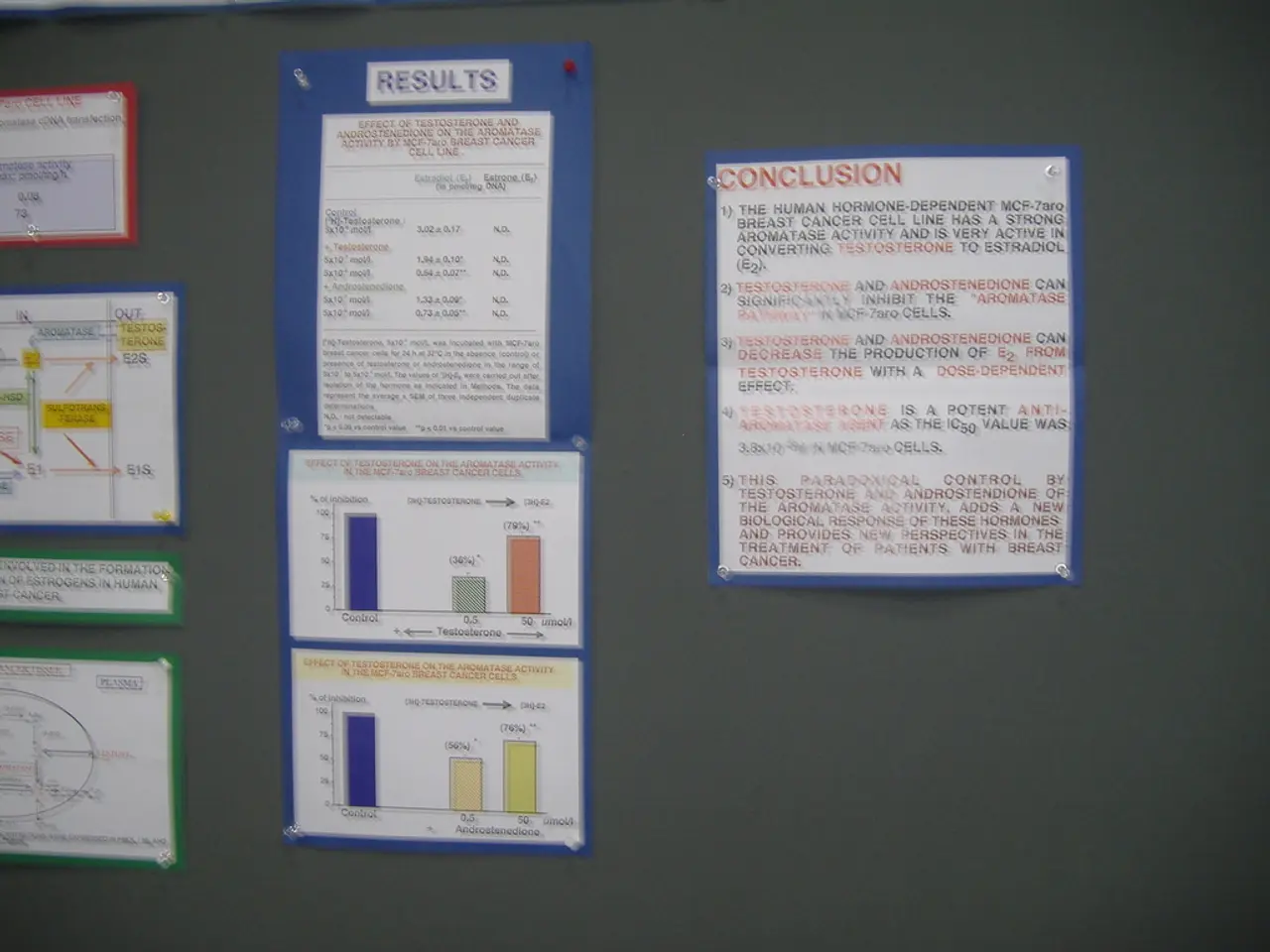Mitsubishi Corporation, along with Amogy, and SK Innovation have united their efforts to harness the power of Amogy's ammonia cracking technology in Japan and South Korea.
Ammonia, a versatile chemical compound, has emerged as a promising renewable fuel and a cost-effective carrier of hydrogen. This versatile compound is set to play a significant role in the energy transition strategies of Japan and South Korea, as these countries look to import low-carbon fuels.
Mitsubishi Corporation, a major Japanese trading and investment company, Amogy, a leading innovator in ammonia-to-power technology, and SK Innovation, a leading South Korean energy and chemical company, have formed a strategic partnership to accelerate the adoption of Amogy's technology in Japan and South Korea. This collaboration aims to leverage Amogy’s scalable and efficient ammonia-to-power solutions, which use advanced catalysts to crack ammonia into hydrogen on-site for clean, zero-carbon power generation, supporting decarbonization efforts in these countries.
Ammonia serves as a hydrogen carrier by enabling transport and storage of hydrogen in a more manageable form. Upon cracking ammonia back into hydrogen and nitrogen at the destination, clean hydrogen fuel is produced, facilitating decarbonization in industrial, power generation, and maritime sectors in Japan and South Korea.
Japan plans to utilize 3 million metric tons per year (MTA) of ammonia as fuel by 2030 and anticipates increasing its ammonia imports to 30 MTA by 2050. Korea, too, has announced ambitious plans to utilize hydrogen and ammonia to meet 7.1% of the country's power demand by 2036.
The partnership between the three companies will focus on using Amogy's technology in large-scale hydrogen carrier applications in East Asia, particularly Japan and South Korea. The joint study between Mitsubishi Corporation, Amogy, and SK Innovation, set to commence in December 2023, will assess a large-scale deployment of Amogy's technology and explore opportunities for market expansion.
Ammonia's high energy density, favorable storage characteristics, and a well-established transportation infrastructure due to its use in industrial products such as fertilizer, make it an ideal candidate for large-scale hydrogen transportation and power generation applications across East Asia, including industrial hubs like Taiwan. Ongoing efforts are being made to integrate ammonia-to-power systems in high-tech manufacturing regions.
This partnership is a significant step towards advancing clean energy solutions in both Japan and Korea, underscoring the importance of innovative thinking to progress technologies that will help reduce emissions in both countries. The partnership also underscores a regional commitment to adopting ammonia as a practical hydrogen carrier to reduce carbon emissions in hard-to-abate sectors.
- The strategic partnership between Mitsubishi Corporation, Amogy, and SK Innovation aims to accelerate the adoption of Amogy's ammonia-to-power technology, an innovation in clean energy, for decarbonization efforts in Japan and South Korea.
- Ammonia's high energy density, favorable storage characteristics, and well-established transportation infrastructure, due to its use in industrial products like fertilizer, make it an ideal candidate for large-scale hydrogen transportation and power generation across East Asia, particularly in industrial hubs like Taiwan.
- This collaboration in environmental-science and technology is a significant step towards advancing clean energy solutions in both Japan and Korea, underscoring the importance of innovation in reducing emissions in both countries and regional commitment to adopting ammonia as a practical hydrogen carrier in hard-to-abate sectors.




